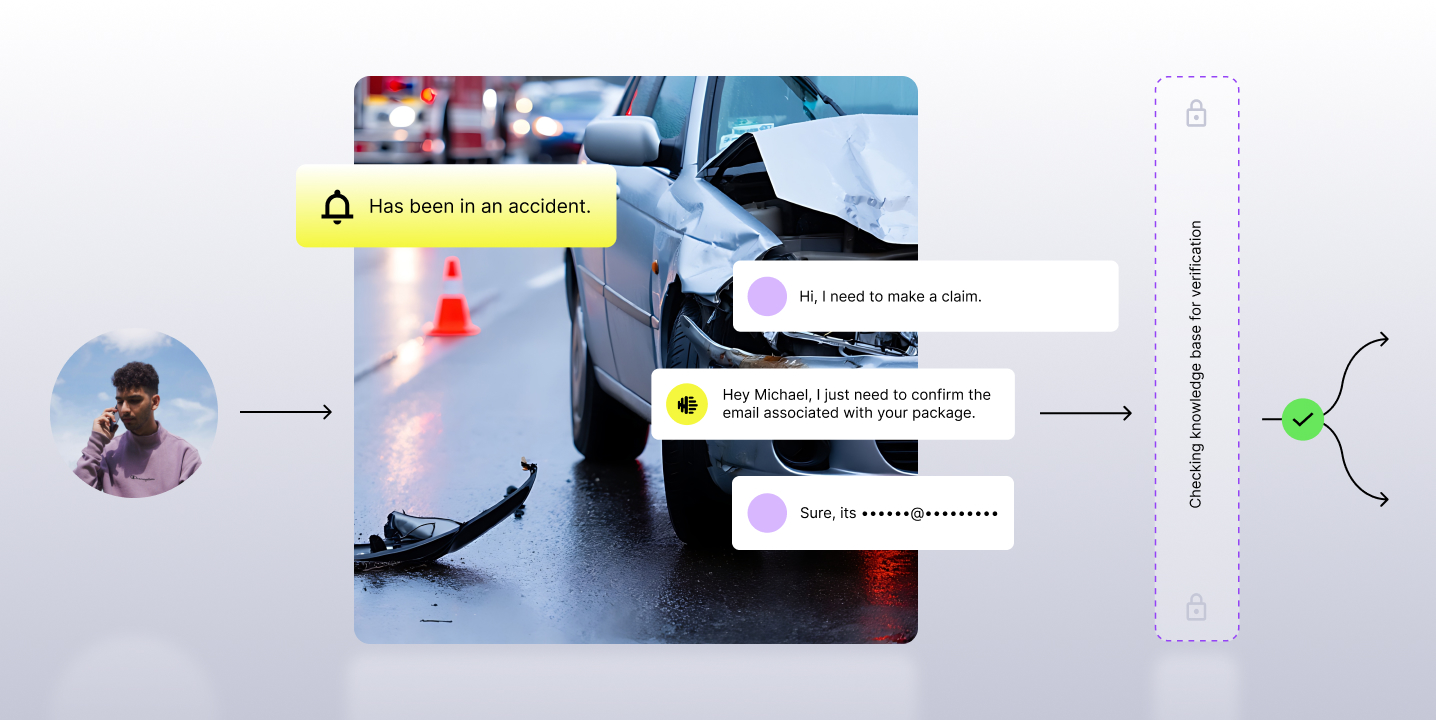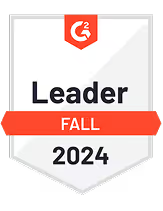In our previous blog post, we showed you how and why the coaching productivity gap is continuing to widen in the midst of the COVID-19 pandemic.
Organizations cannot afford to not invest in their agents, especially given the markets have never been more competitive, and customers have never been more stressed. In fact, a recent NBC poll found that 75% of respondents felt that customer service has worsened during the pandemic.
.png)
Agents have a direct impact on the customer experience, and contact center leaders need to continue to make coaching a priority to drive a return.
The gap between the desire for better coaching, and the ability to provide it has grown to a 400% difference.
Thus, the emergence of new workflows, powered by interaction analytics. With deep intelligence on 100% of agent calls, coaching programs have moved from one-size-fits-all to contextual and personalized.
And many contact centers, particularly their coaching teams, tout the cultural motto: “employee experience = customer experience.” The crux of that belief rests in not only empowering the agents themselves, but the quality analysts and supervisors as well. Providing them the agent performance management tools and enabling real-time feedback bridges that gap.
Agile and in-the-moment
Success rests in agility, being able to utilize direct and indirect data to drive action. That includes proactively identifying and addressing issues before they become a widespread problem. This could be mandatory compliance dialogues required for every call taking place. Or maybe a certain keyword or phrase that directly impacts customer sentiment. It even includes leadership taking the insights from the frontlines to drive more impactful changes across the business. But the biggest impact is engaging the agents when they need help, in the moment.
In our previous blog post, we briefly mentioned JK Moving's pandemic transition. Moving companies are obviously very hands on, and interact heavily in-person with their customers. From the get go, JK Moving had to ensure that their agents were properly communicating COVID-19 safety precautions to customers.
By quickly launching PPE Moments, to analyze the interactions related to this KPI, JK was able to rapidly and effectively coach their agents on the most impactful language to use to drive more customer trust, and as a result, higher conversions (in their case, booking a move with a customer).
Data-driven and increasingly real-time
Beyond the process, equally important is culture, with companies moving beyond the employee experience to create a learning and development culture built on transparency and trust. Built on data, not assumptions and subjectivity, agent performance is analyzed in a way that is fair for every agent.
Coaching sessions are built on the entire data set (the agent’s entire conversation record), not a random call drawn from a hat. The result is more relevant, more fair, and more impactful coaching conversations. Less disputes, and more progress.
itelbpo, the largest BPO in the Caribbean, has made this practice the core of their SMART Academy. Fusing together adaptive learning programs with interaction analytics, itel's L&D team is able to craft individual coaching programs for every agent. As their Chief Learning Officer Shurland Buchanan says,
When coupled with contact center AI, adaptive learning creates the perfect loop for improving performance. It’s real data on KPIs tied to learning objectives. We have the ability, with specific examples, to train agents on the most important opportunities and celebrate achievements.
Looking forward
It’s safe to say that the pandemic has radically transformed the contact center, from agents on the frontline all the way up to leadership. For those that were AI-enabled from the get-go, weathering the storm was seamless. For others, the crisis served as a trigger to reflect and drive change at their organizations, with the lofty goal of improving their coaching programs and providing agents certainty in a time of uncertainty.
But one thing is for sure - AI-driven services built around the interactions themselves is the key to driving more impactful coaching programs, and in turn, stronger enablement, productivity, and agent engagement. And that means outperforming and out-innovating the competition.


















